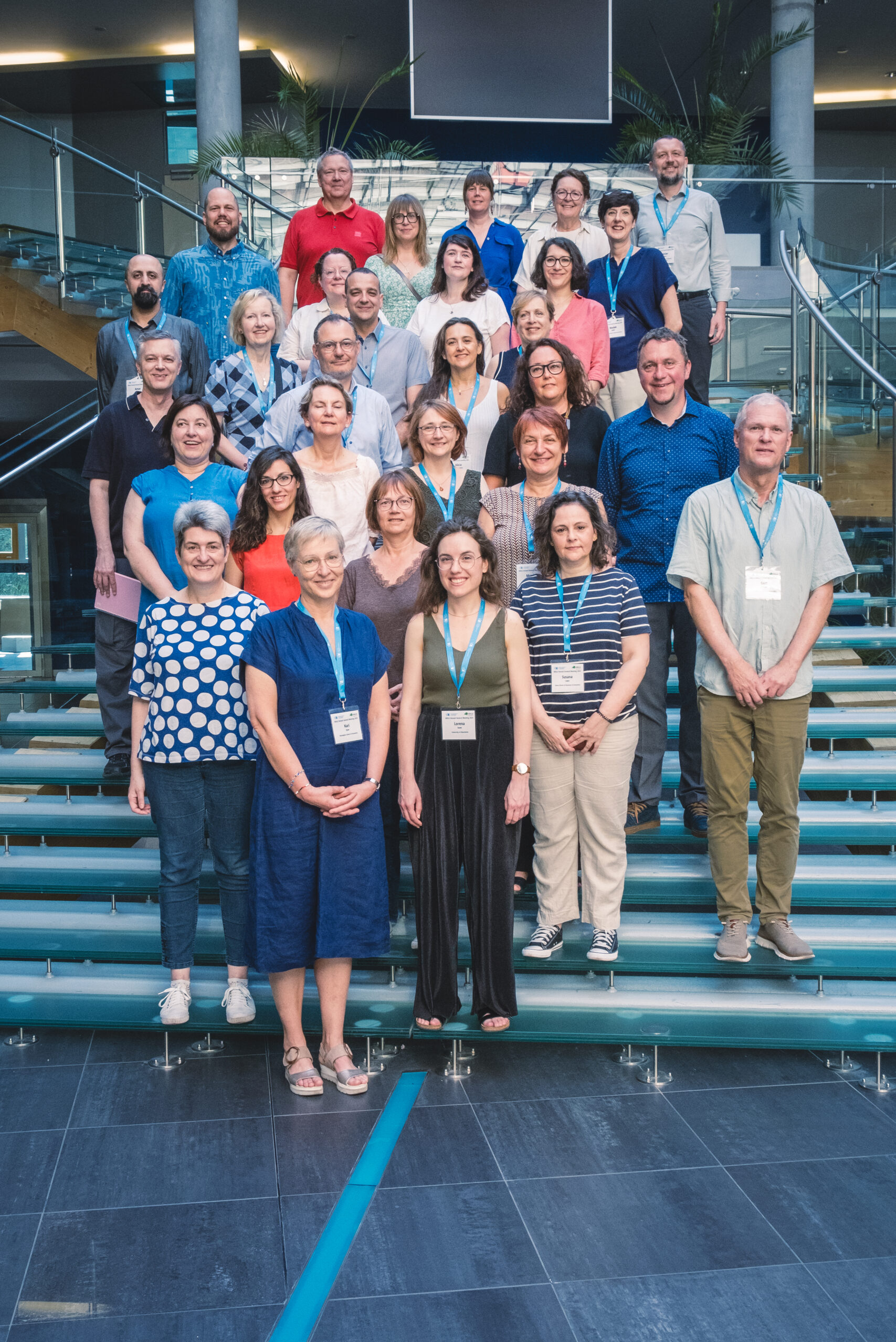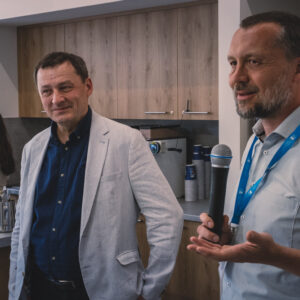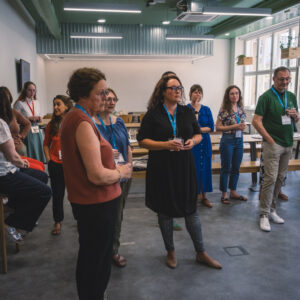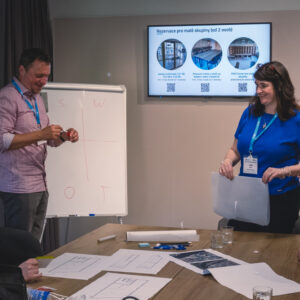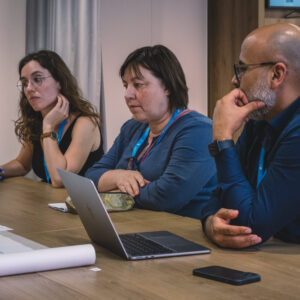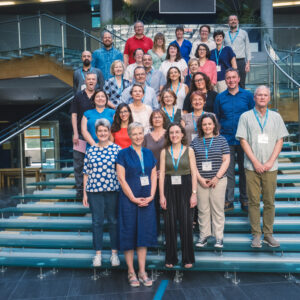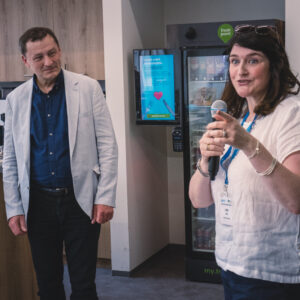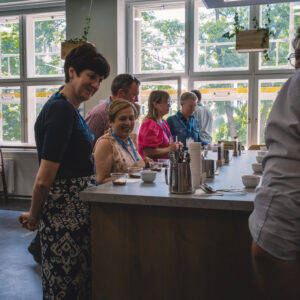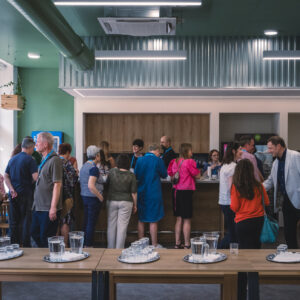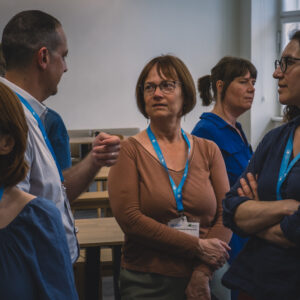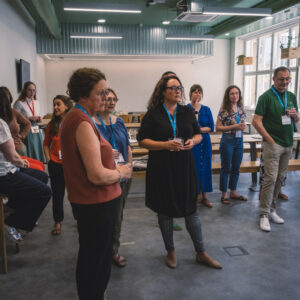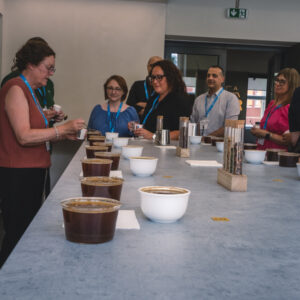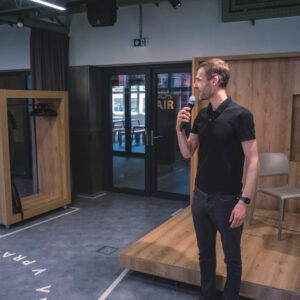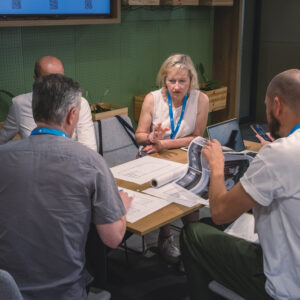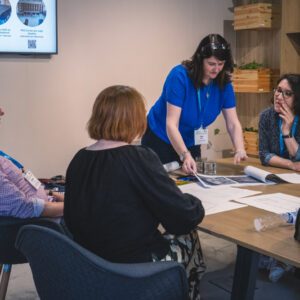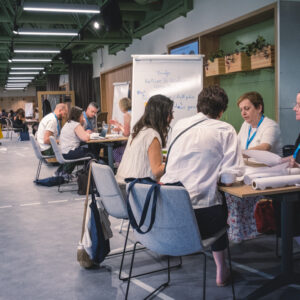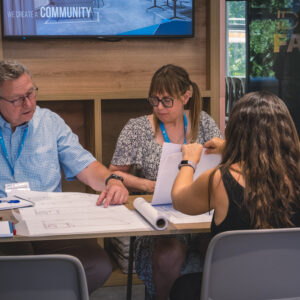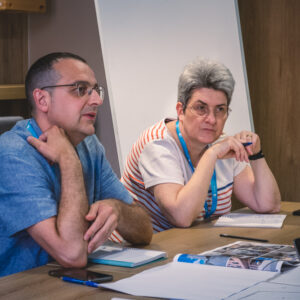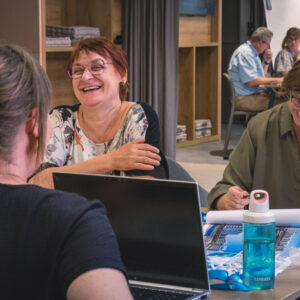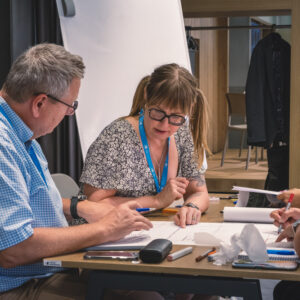What does the transformation of university libraries look like? In addition to being a source of information, they are becoming a place for teamwork and collaborative learning
The traditional role of libraries as a source of information is unwavering. However, with the changing demands of library users, not only the form of these places and the services offered are changing, but other purposes of libraries are also being added. Both public and university libraries have undergone this change. The covid pandemic and the trend of digitisation of information resources have had a great influence on this. Libraries are now becoming meeting places and spaces for collaborative teamwork. These changes were the subject of the annual meeting of the EBSLG (The European Business School Librarians’ Group), a grouping of libraries of major European business schools. What were the outcomes of the meeting and what experiences did the selected leaders of university libraries share with others?
The EBSLG annual meeting was held this year at the Prague University of Economics and Business (VŠE), organized by the Centre for Information and Library Services (VŠE Library). Under the theme “The Evolution of the University Library as a Community Space,” participants primarily discussed the transformation of university library spaces toward greater diversity and broader support for students and other library patrons. And who is driving these changes? First and foremost, library visitors and users.
Libraries today offer not only books, but also a quiet workspace and the opportunity to meet friends
“I am glad that library directors of major business schools from all over Europe have discussed the transformation of library spaces right here at the VŠE, where we opened a new coworking space in February,” says Václav Šubrta, director of VŠE Library and main organizer of the conference. “Libraries are absolutely crucial in supporting studies, not only by providing information resources, but also by creating a pleasant environment. I believe that the facilities and the friendliness towards students show that the school really cares about them.”
“I believe that the purpose of the University Library remains the same as it always has; to support teaching, learning and research for staff, students and the wider communities it serves. However, libraries are constantly adapting to meet the demands and expectations of their customers. University libraries are providing new collaborative spaces, new resources and services and, most importantly, ensuring that academics and students have the support, instruction and guidance they need to deal with contemporary challenges such as generative AI, fake news and how to use information ethically and responsibly,” comments Lorna McNally, Director of the Library at the University of Strathclyde, Glasgow and current president of EBSLG.
Another EBSLG conference participant, Nikolaus Berger, director of the Library at the WU University of Economics and Business in Vienna, feels the same way. The university library here, a six–story iconic building designed by Zaha Hadid, was built brand new and opened in 2013. Already in the designs, she worked with variations of purpose for the space and use of the libraries.
“The University Library at the Vienna University of Economics and Business was designed as a Library and Study Centre. Most of the space consists of different kinds of study areas. There are quiet zones, spaces with flexible furniture, project rooms, a café and communication zones. However, 30 % of our visitors are also external students because they find an excellent study environment here,” Berger summarises.
University libraries offer most resources online, on-site as a space for learning and discussion
A significant trend in librarianship is the gradual increase in electronic information resources at the expense of print books and journals. Nevertheless, books are still in demand, although libraries are gradually getting rid of books in study spaces. And these spaces can then be further used, for example, as teamwork study rooms or a café.
The WU in Vienna takes a rather radical approach to printed materials: “Most of our services are now offered online. For example, we are developing e-learning modules for information literacy. These modules are widely used. Students can also make appointments with our specialists or ask them questions directly via the online helpdesk system. In conjunction with the digitisation, we will also be closing our collection of printed textbooks this summer. In the future, only digital materials will be available. We will only offer a few printed books for law students, as these are not available online,” Nikolaus Berger comments on the development.
E-resources are also viewed positively at the University of Strathclyde. However, they are also focusing on working with the learning space and offering one-to-one consultations to students and academic staff: ‘Access to e-books and resources means that students can use the library wherever and whenever they want. In recent years, this has meant that our library has fewer printed journals and materials and we have also used this freed up space in the library to provide a variety of working spaces for groups of students; small discussion rooms and large work spaces. And it’s all connected digitally, making it easier for students to share ideas and work together on research,” Lorna McNally points out.
The library of the Prague University of Economics and Business has also significantly expanded its portfolio of e-resources in recent years, including e-books and e-textbooks from major international publishers. In the Czech environment, however, it is still true that not everything is available electronically. “The Czech textbook market is very fragmented. I believe that in the coming years we will find a way to make Czech textbooks available in electronic form. There is mostly a will on the part of the universities to do so,” adds Václav Šubrta from the position of chairman of the executive committee of the Association of Libraries of Czech Universities.
Students are looking not only for a place to learn, but also for a chance to discuss their questions
The library not only supports the learning process, but is often perceived as a “safe space” where students and academics can ask for help with research, term papers and other professional topics. “We work hard in our library to engage with students to ensure that we are providing them with the resources, spaces and services they really need. For example, we work with the student union and students are represented on library committees. So students know that what we do for them is directly in response to their changing demands. Simple things like extending opening hours, changing borrowing times etc. are easy to implement and students know they are being listened to. We also created a family study room in the library to support students with young children, as well as a cozy relaxation area called “The Nook” with couches and pillows, soft lighting and games. Students love it,” Lorna McNally from the University of Glasgow shows the way.
Libraries are discovering the power of coworking spaces, an approach also taken by the VŠE.
The VŠE has also found a solution to offer students a space to learn, but also to work as a team on study projects, in the form of the Idea Fair coworking space. It opened at the beginning of the summer semester 2024 and is the first university coworking centre in the Czech Republic. And why coworking?
“The form of coworking connected to the library is a modern way to engage collective energy in studying, to encourage and stimulate collaboration, to create an atmosphere where students will enjoy learning. Therefore, the variability of the furniture solution and the flexibility of the coworking space are important. The diversity in the nature of visitors should be reflected in different seating typologies and adjustable atmosphere. From soft working chairs with armrests for workshops, to stair seating to a quick chat on the bar seating around the island. Everyone will find their favourite place,” comments architect Jakub Heidler from Studio Reaktor, who is behind the visual concept of the coworking space.
“The cooperation with architect Jakub Heidler was perfect. In addition to specific spatial solutions, we focused on the perception of the entire coworking space as a welcoming and pleasant place that can be a catalyst for the creation of an academic community. I consider collaboration and a sense of belonging to be one of the most important things a university can invest in,” Václav Šubrta sums up the basic ideas of the VŠE coworking space.
The need to transform university libraries towards greater collaboration is confirmed by the participants of the EBSLG conference, i.e. representatives of the most important business schools in Europe. The high attendance at the VŠE coworking space since the first day and the positive feedback from students and staff show that the Prague University of Economics and Business is moving in this direction.
